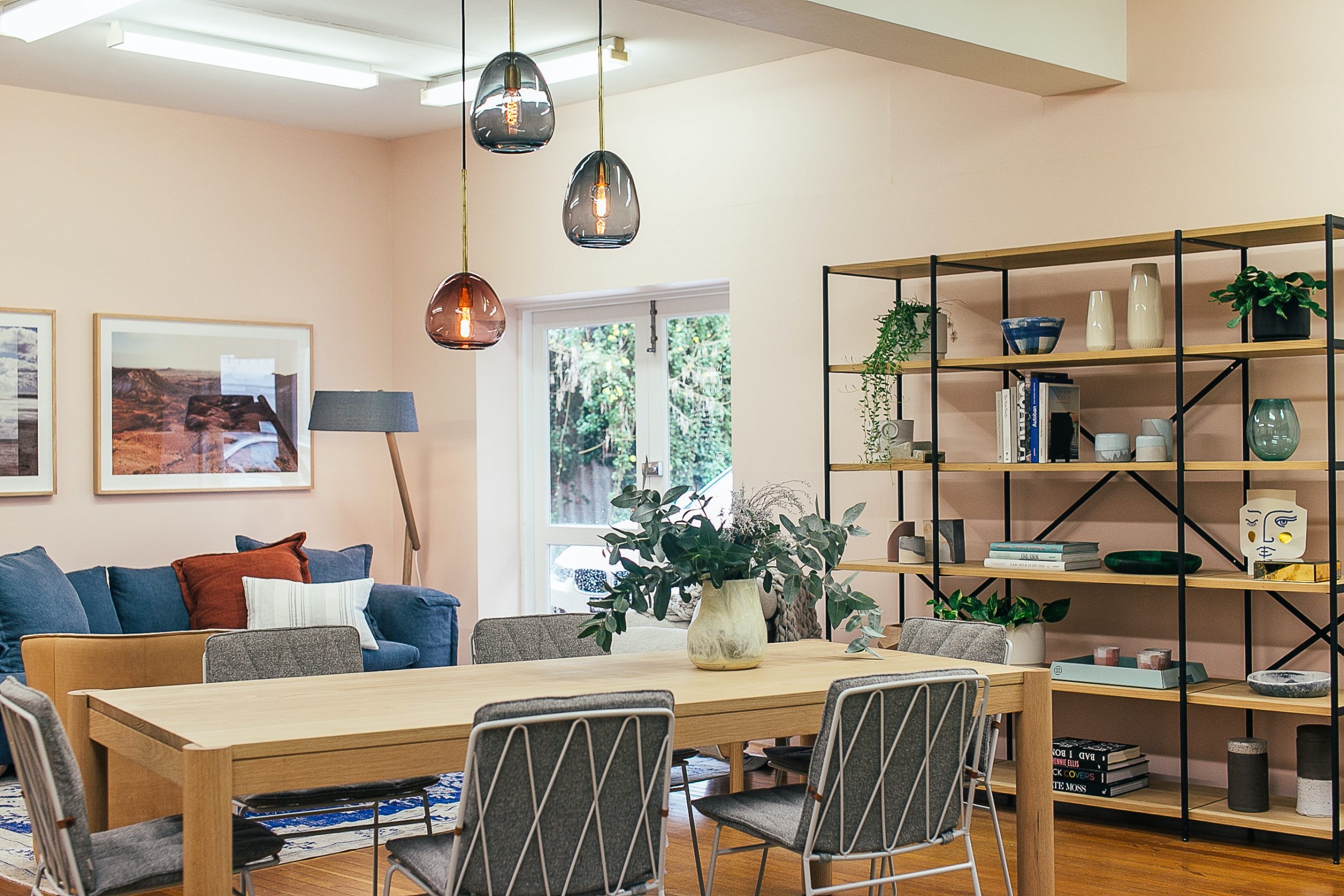Design
Creating a Scandinavian-inspired Home with Pine Furniture
The History of Scandinavian Style
Over the years – in large part thanks to the success of firms like IKEA – Scandinavian interior design has become synonymous with minimalist, functional style. It has helped shape our image of efficient mass production and has kept pace with our changing views on the use of the world’s resources. Some of the concepts have become so ubiquitous in modern design fashions that it’s easy to forget where they came from.
With an ethos so heavily connected to the area’s traditions of art and textiles, as well as the unique make-up of the landscape and its climate, the history of the style has several influencing tributaries. The actual term ‘Scandinavian design’ was coined in the 1950s as a result of international exhibitions, including one that toured North America from 1954 to ‘57, but its roots reach back much further than that, interwoven with those of the wider cultural identity of the region.
While the world was in the grips of the explosion of industrialisation, there were places, like the Scandinavian block, that were to some extent isolated from it. Consequently, the importance of utility and craftsmanship took centre stage when Nordic countries started to develop their equivalents to the Art Nouveau and Modernism movements that were becoming influential in the 1890s across Europe.
Since then, very little of the fundamentals have changed. It is a style that pays homage to the scenery and culture that inspires it.
The Concept
As we have seen, the movement’s aesthetics grew from the landscape that birthed it. The pale and pastel shades of stone and sky informed the colour scheme; the clean, simple lines of the topography inspired the clutter-free attitude towards space and ornamentation, and it was all put together using the materials that were available.
This use of natural materials is one of the defining features of the Scandinavian design movement. Stone, glass and textile traditions are all commonly present, but none have a place in the tradition as central as wood. Used for everything from furniture to children’s toys, it is hard to picture what Scandinavian design would look like without it.
So, if you had thought to yourself that you wanted to implement some of these concepts in your home but weren’t sure where to start: wood is good. Here are a few ideas that might get the creative juices flowing:
Lighting
Floor-standing or hanging lamps are often preferred to ceiling spotlights. The logic for this is two-fold: it stays true to the concept of clean lines but also leaves the surface of the ceiling and walls free to reflect the light that is there.
If you have large windows, try to maximise their ability to let light in. Resist the urge to cover them if you can. If the window or the surround has a wooden frame, treat the wood and bring out the grain’s natural colour.
Floors
Seldom do you see wall-to-wall carpets in Scandinavian homes. Instead, wood is more often than not the material of choice, either treated in such a way as to promote its natural colour, or sometimes painted white.
A lot of wood treatments stain the material darker than its natural tone, which is the opposite to the effect you would want for a Nordic-inspired space. If you have bare wooden floors, but they’re stained a darker shade, you could try sanding them down and applying a different treatment to them: a lye-based product, for example, not only preserves the natural grain of the wood but also delays aspects of its ageing.
Furniture
If you weren’t thinking of a full-blown redecoration just yet, but were still keen to implement some of the stylistic leanings of the Scandinavian school, think about the design principles mentioned above and apply the same logic to the next piece of furniture you buy.
Again, simplicity is key. Furniture with intricate detailing and patterned woodwork is not the desired look. Instead, try to go for simple, elegant and functional items. As with most other aspects, a lighter-shaded wood works well as an offset to the neutral colour backdrop of the walls and ceiling, larch being a particularly popular and effective timber.
Toys
What’s not to love about wooden toys? They’re durable, non-toxic and sustainable. In an ever more resource-conscious world, where our oceans are filling up with microplastics and our landfill sites are beyond bursting point, having toys that can be enjoyed by generations of children to come is no bad thing. The famous wooden monkey from the 1950s by Danish designer Kay Bojesen is a well-known example of the tradition.
Accents, Highlights and Finishes
Bare walls and open, sparsely decorated spaces are common in Scandinavian design, but there is still plenty of room for adding little touches of variation in the scheme. Colour, texture and patterns can be used to offset and punctuate the otherwise calming palette. Wooden slats and cladding are long-standing ways of adding points of punctuation to a wall. A modern trend is to have a wooden ceiling accented with copper sconces and brass pendants: a visual treat in their own right but equally useful for the warm quality of light they reflect.
Less is More, More or Less
There is an aspect to Scandinavian interior design that is akin to a trick of the eye or an illusion. A room’s sparse functionality could at first glance appear to be empty; its use of neutral colours and clean, unadorned lines somehow evoke a sense of warmth and its minimal use of materials inspires an admiration for craftsmanship. In a culture where living spaces tend to be quite small and fairly expensive, this trait of making the most of what you have is born out of necessity as much as fashion. In today’s world, it’s a model we could all learn from.
Give Us a Hygge
So, as we have seen, whether you have plans for a complete interior design rethink or just wanted to add little stylistic reference points in your future purchases, there are plenty of ways to go about it, to suit any ambition or budget.

